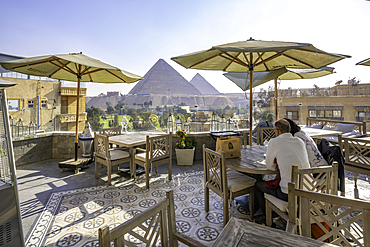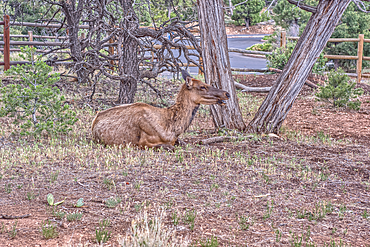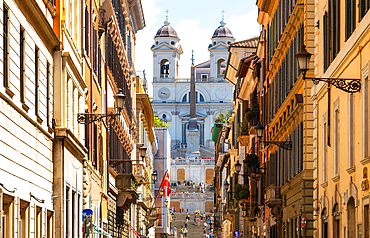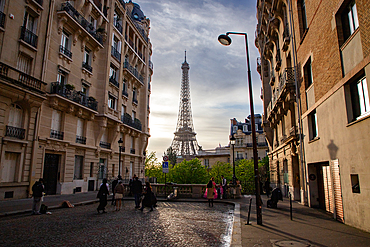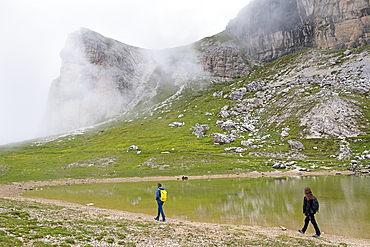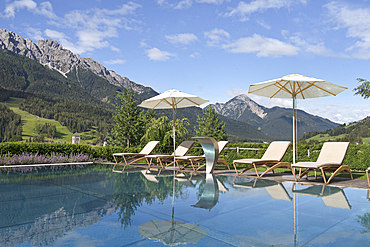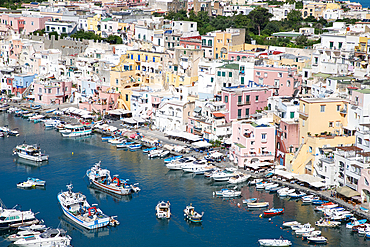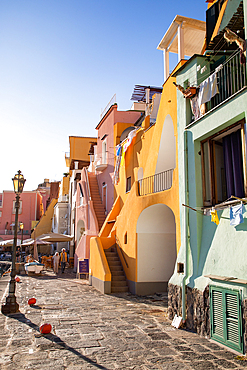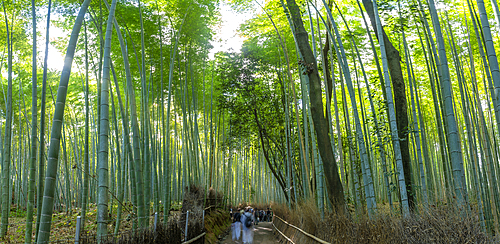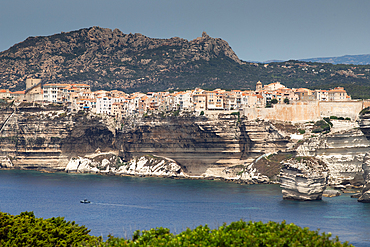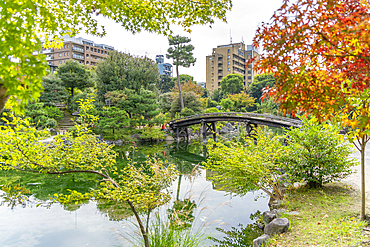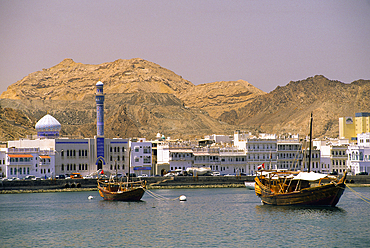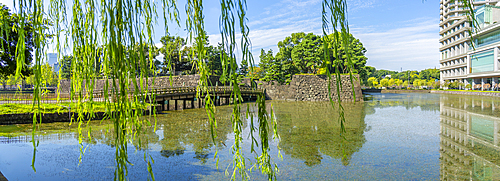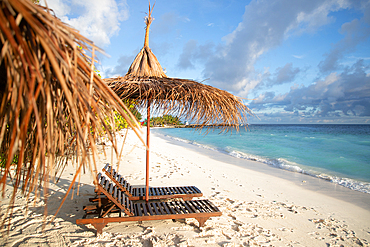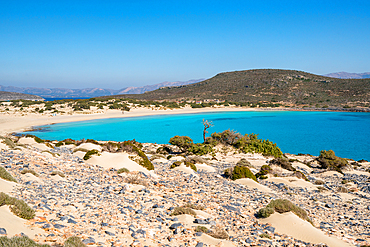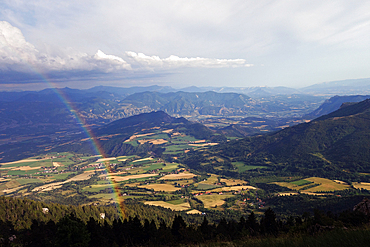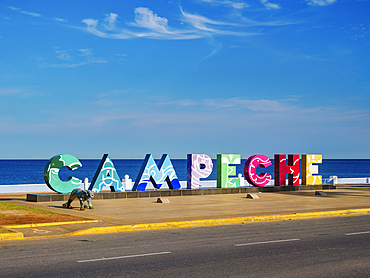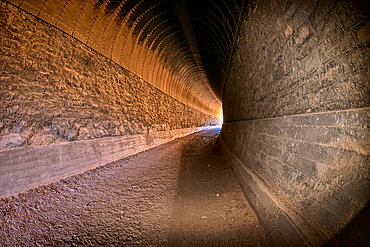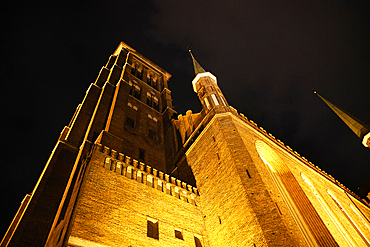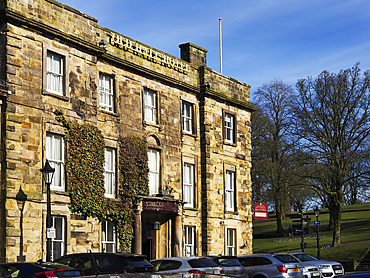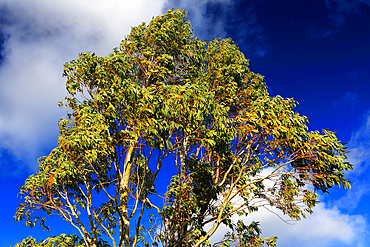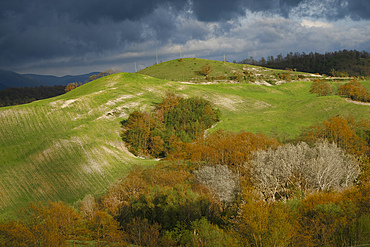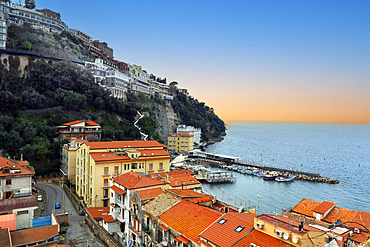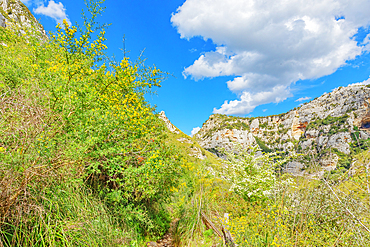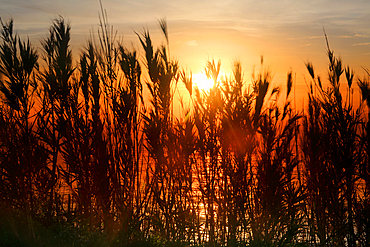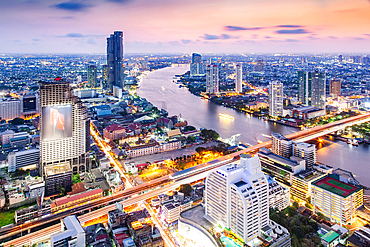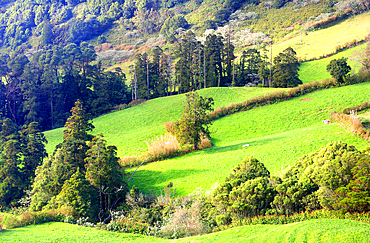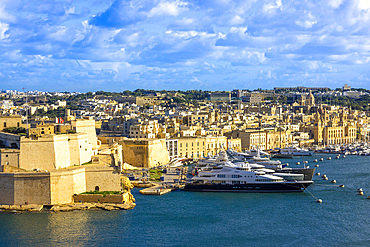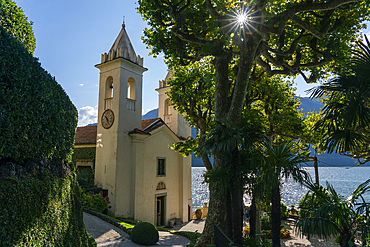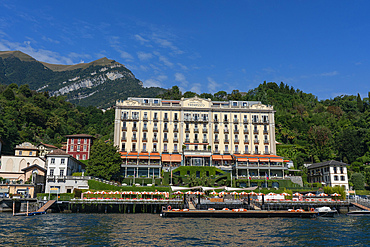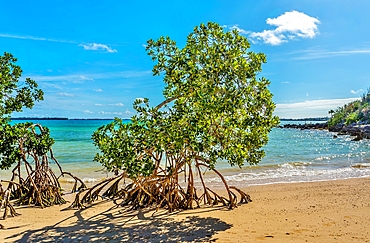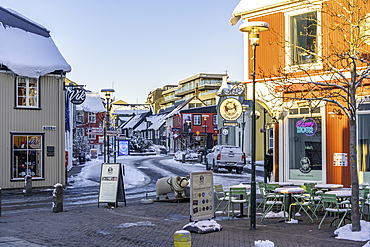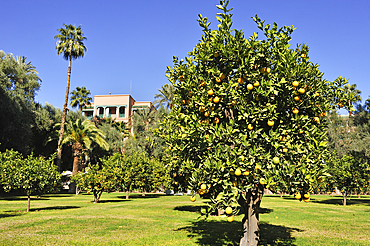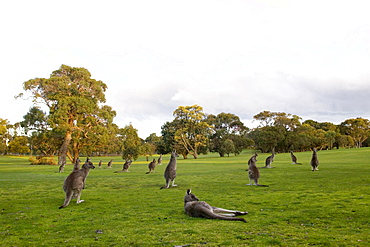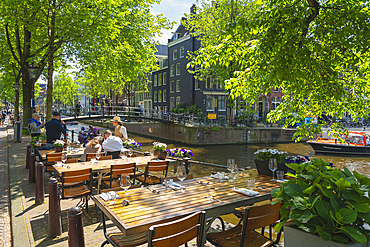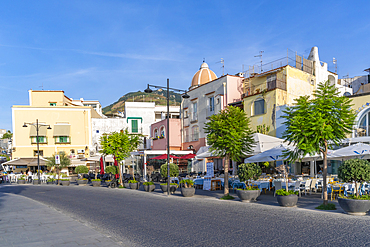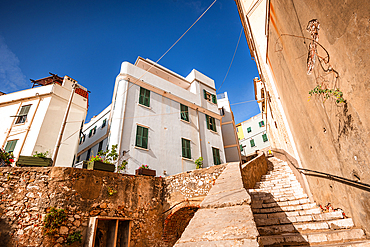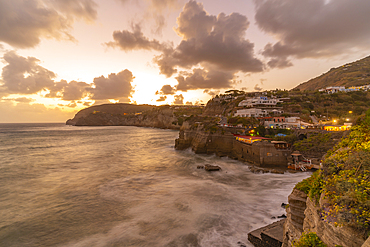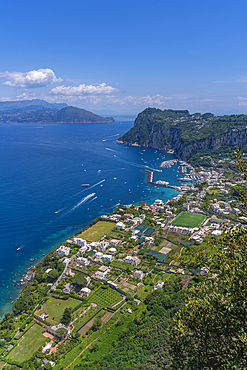Results
« Previous 1 2 3 4 5 Next »
466 results found

View of scenery and cruise boat from cruise boat near Armant on the Nile River, Luxor, Egypt, Africa

View of scenery and cruise boat from cruise boat near Armant on the Nile River, Luxor, Egypt, Africa
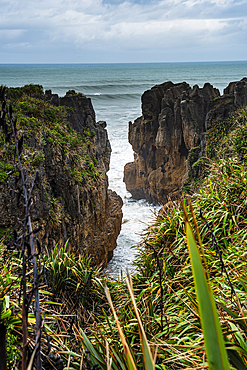
Vertical View of Towering Limestone Cliffs and Deep Ocean Channel at Punakaiki, West Coast, New Zealand
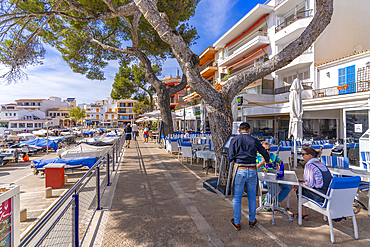
View of restaurants in the harbour at Cala Rajada, Majorca, Balearic Islands, Spain, Mediterranean, Europe
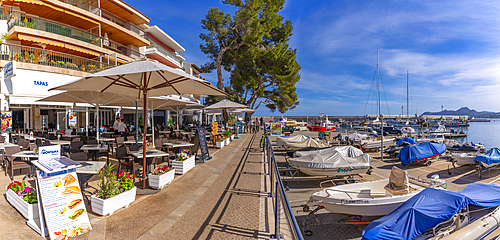
View of restaurants in the harbour at Cala Rajada, Majorca, Balearic Islands, Spain, Mediterranean, Europe

Scenic view of the River Avon with Holy Trinity Church in background, Stratford-upon-Avon, Warwickshire, England, United Kingdom
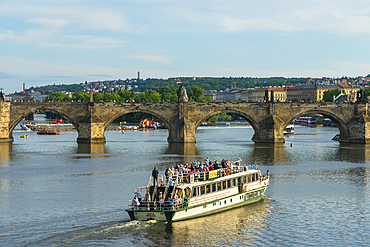
Tourist boat going towards Charles Bridge, UNESCO World Heritage Site, Prague, Bohemia, Czech Republic (Czechia), Europe
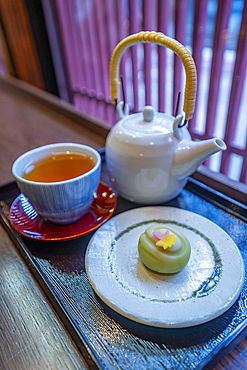
View of Mochi, traditional Japanese confectionery and tea in the Higashi Chaya District, Kanazawa City, Ishikawa Prefecture, Honshu, Japan
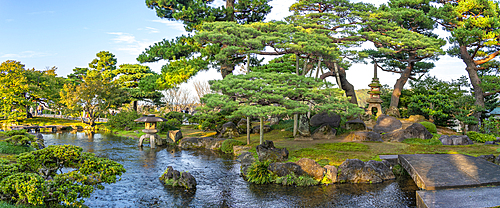
View of Japanese stone lantern and pagoda in Kenrokumachi Japanese Garden, Kanazawa City, Ishikawa Prefecture, Honshu, Japan
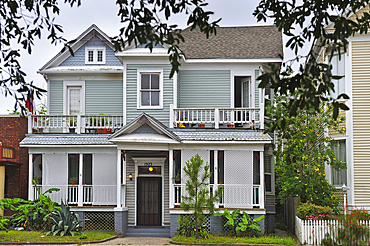
House on Broadway Avenue, City of Galveston, Galveston island, Gulf of Mexico, Texas, United States of America
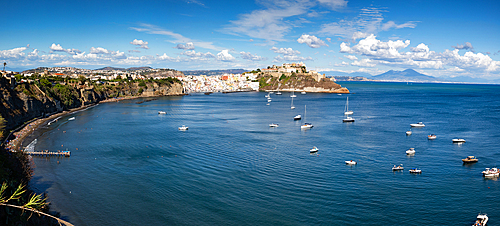
Panoramic view of colourful houses, sea and castle, Corricella, Procida island, Phlegraean Islands, Bay of Naples, Campania, Italy

View of buildings and restaurants on the Liston Esplanade, Corfu Old Town, Corfu, The Ionian Islands, Greek Islands, Greece, Europe

View of Pentophanaro (Five Lamps) in Place Theotoki, Corfu Town, Corfu, Ionian Sea, Greek Islands, Greece, Europe
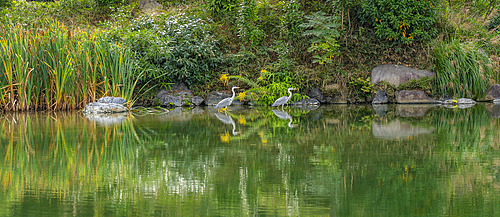
View of heron in Shoseien Garden in early Autumn, Shimogyo Ward, Higashitamamizucho, Kyoto, Honshu, Japan
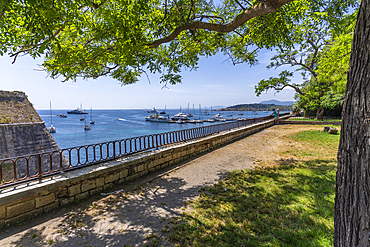
View of Old Fortress of Corfu and Old Town Marina (NAOK) in Corfu Town, Corfu, Ionian Sea, Greek Islands, Greece, Europe
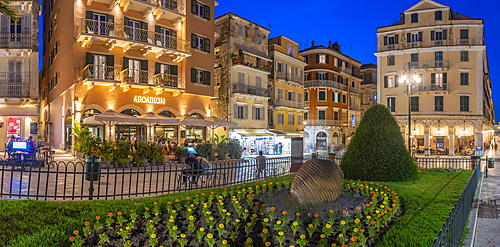
View of restaurants and bars in Pot throwing (Botides) at dusk, Corfu Town, Corfu, Ionian Sea, Greek Islands, Greece, Europe
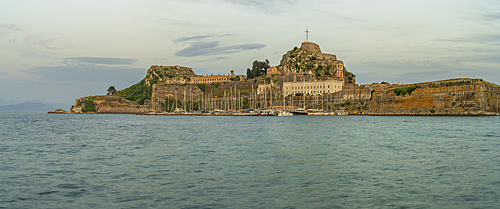
View of Old Fortress of Corfu at dusk, UNESCO World Heritage Site, Corfu Town, Corfu, Ionian Sea, Greek Islands, Greece, Europe
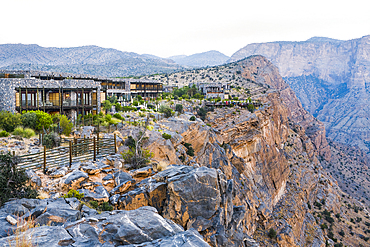
Alila Jabal Akhdar hotel, nestled 2000 metres above sea level, surrounded by Al Hajar Mountains, Sultanate of Oman, Arabian Peninsula
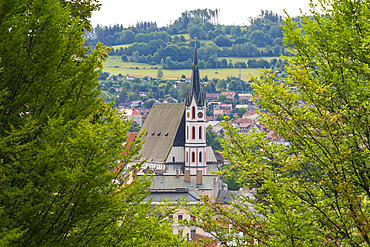
St. Vitus Church in Cesky Krumlov, UNESCO World Heritage Site, South Bohemian Region, Czech Republic (Czechia), Europe
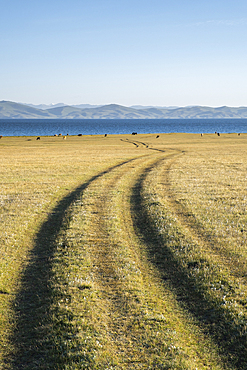
Winding paths traverse Song Kol's golden grassland, leading to a serene lake and majestic distant mountains.
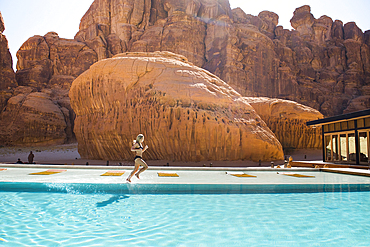
Woman running on edge of swimming pool of Our Habitas AlUla, resort in ancient oasis in desert canyon, Ashar Valley, Medina Province, Saudi Arabia
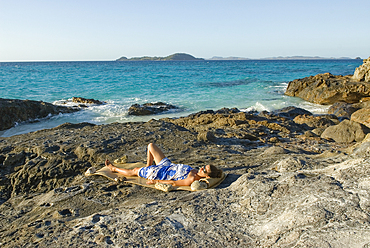
Young woman relaxing in the sun in rocks by the sea, Tsarabanjina island, Mitsio archipelago, Republic of Madagascar, Indian Ocean
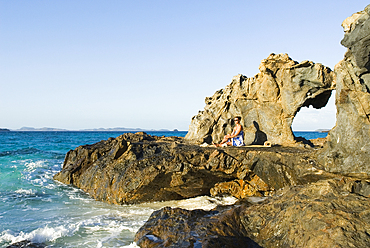
Young woman relaxing in the sun in rocks by the sea, Tsarabanjina island, Mitsio archipelago, Republic of Madagascar, Indian Ocean
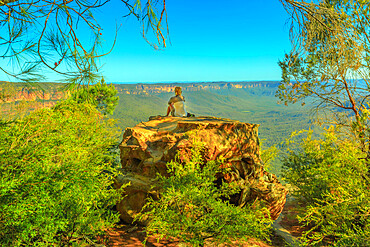
Tourist woman relaxing after hiking and enjoying panoramic views of granite boulders rock formations from Baltzer Lookout in Blue Mountains National Park near Sydney, New South Wales, Australia, Pacific
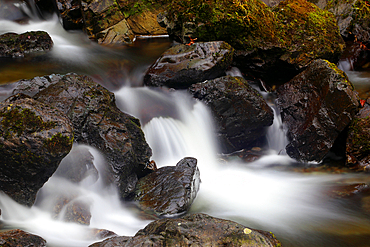
Lodore Falls waterfalls, Borrowdale Valley, Lake District National Park, UNESCO, Cumbria, England, United Kingdom
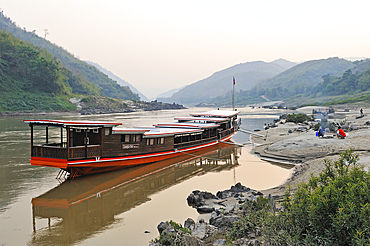
Cruise boat owned by Luang Say Lodge and Cruises, moored on Mekong River in front of the Luang Say Lodge at Pakbeng, Oudomxay Province, Laos
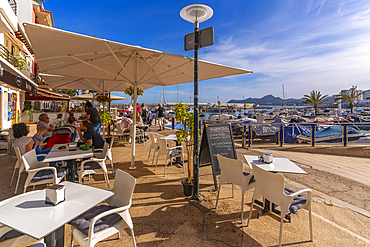
View of restaurants in the harbour at Cala Rajada, Majorca, Balearic Islands, Spain, Mediterranean, Europe
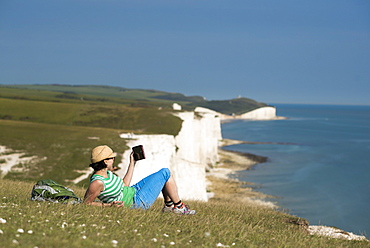
A woman reads her iPad on the cliffs with views of the Seven Sisters coastline in the distance, South Downs National Park, East Sussex, England, United Kingdom, Europe
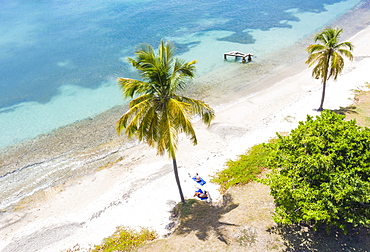
Man and woman relaxing on palm-fringed beach, aerial view by drone, Caribbean Sea, Antilles, West Indies, Caribbean, Central America
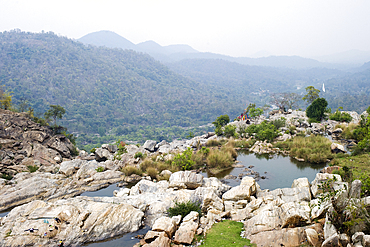
Local tribal women gather near the 322 feet Hundru waterfall to feast Shiva, the Supreme being in Hindu Shaivism, and beseech health and strength for their menfolk, Ranchi, Jharkhand, India, Asia

High perspective panoramic view of Portuguese Riviera coast from Sao Pedro do Estoril to Cascais, roughly 25km west of Lisbon, Portugal, Europe
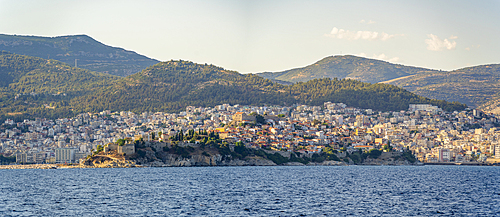
View of Kavala from ferry, Kavala, Dimos Kavalas, Eastern Macedonia and Thrace, Gulf of Thasos, Gulf of Kavala, Greece, Europe
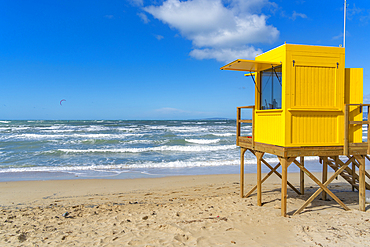
View of lifeguard watchtower at Playa de Palma, S'Arenal, Palma, Majorca, Balearic Islands, Spain, Mediterranean, Europe
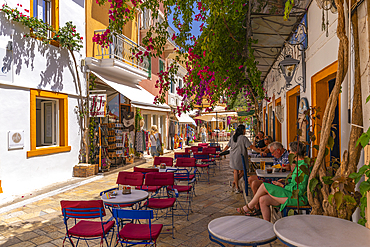
View of cafes and restaurants in Gaios Plaza de l'Ascension in Gaios Town, Paxos, Ionian Sea, Greek Islands, Greece, Europe
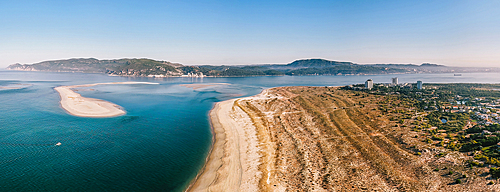
Aerial drone panoramic view of Troia, a peninsula located in Grandola Municipality, next to Sado River estuary, with Arrabida mountain range on left, Alentejo, Portugal, Europe
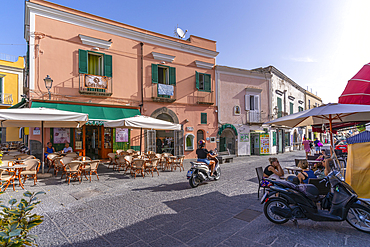
View of colourful shops and bars on Via San Francisco, Forio, Island of Ischia, Campania, Italy, Europe
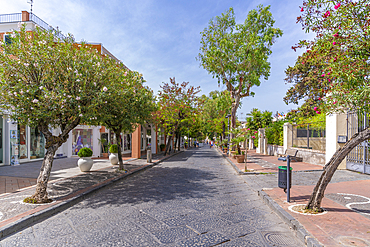
View of shops on Corso Vittoria Colonna in Porto d'Ischia (Port of Ischia), Island of Ischia, Campania, Italy, Europe
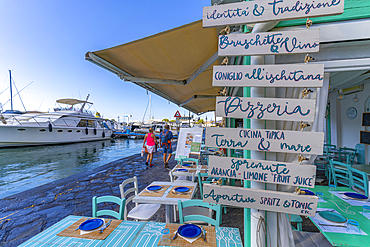
View of boats and restaurants in Porto d'Ischia (Port of Ischia), Island of Ischia, Campania, Italy, Europe
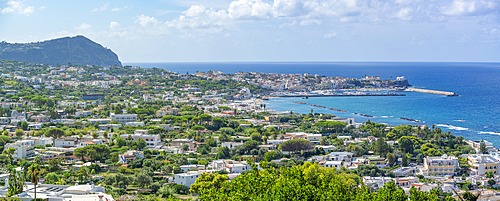
View of Forio from Giardini la Mortella Botanical Gardens, Forio, Island of Ischia, Campania, Italy, Europe
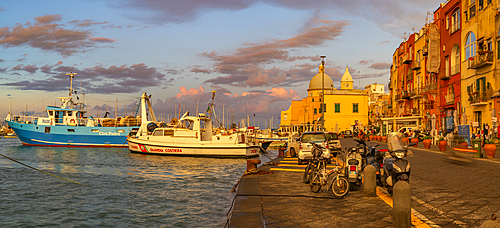
View of Church of Santa Maria della Pieta in the fishing port Marina Grande with shops at golden hour, Procida, Phlegraean Islands, Gulf of Naples, Campania, Southern Italy, Italy, Europe
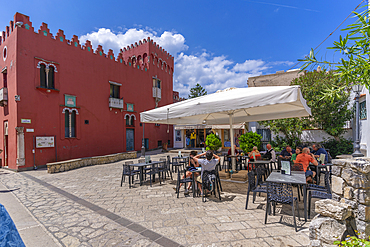
View of cafe and Museo Casa Rossa di Anacapri, Anacapri, Isle of Capri, Campania, Italy, Mediterranean, Europe





